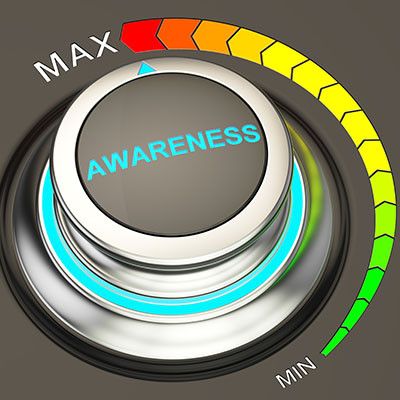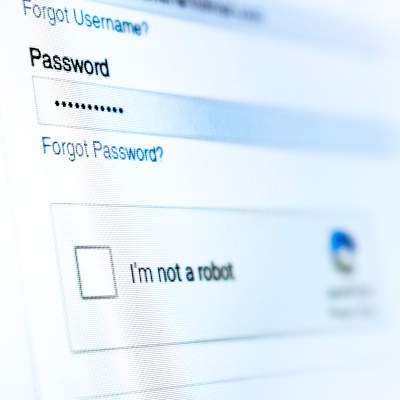Inertia Group, Inc. Blog
Every organization needs to have a certain level of cybersecurity protection in place. That includes firewalls, antivirus, VPNs, encryption, and centrally managed security policies. Even so, many modern cybercriminals know that businesses have these protections in place, and they are working out ways around them.
Phishing attacks are the most common attack vector used by hackers, and while it helps to know what a phishing attack looks like, it’s also good to know what they don’t look like. The latest example of a phishing attack takes this to an extreme, utilizing blank messages to confuse recipients in a creative take on phishing attacks.
We’re all familiar to some degree with the security measure known as CAPTCHA. You know the one—you usually see it when filling out forms or logging into sites online, where you have to prove that you’re a human being by identifying which of a variety of images fit a certain description. You may have noticed that these tests have gotten far more difficult over time. This is because, predictably, computers are getting better at beating them.




